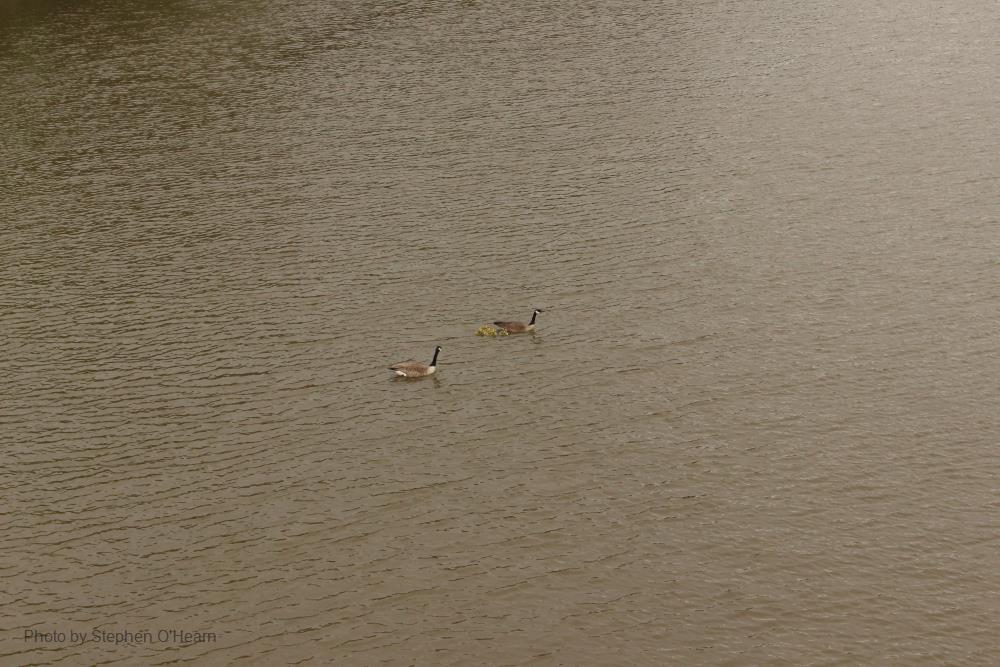
Related items loading ...
Section 1: Publication
Publication Type
Thesis
Authorship
Bertoncini, Andre Luis da Silva
Title
Using Enhanced Observations to Improve Streamflow Prediction in Cold Mountain River Basins
Year
2024
Publication Outlet
USASK Harvest - Theses and Dissertations
DOI
ISBN
ISSN
Citation
Bertoncini, Andre Luis da Silva (2024) Using Enhanced Observations to Improve Streamflow Prediction in Cold Mountain River Basins, USASK Harvest - Theses and Dissertations,
https://hdl.handle.net/10388/15563
Abstract
Many hydrological processes have been altered because of climate change. Unprecedented extreme events have pushed the terrestrial hydrological cycle beyond the historical observations used for model process representation, requiring up-to-date surface and remote sensing observations to be employed in conjunction with modelling systems for optimal hydrological flux estimation. Precipitation forcing, often the largest source of hydrological modelling uncertainty, sets the initial stage for the successful simulation of streamflows. However, precipitation estimates in cold mountain regions undergo high levels of uncertainty due to inadequately designed gauge networks and problems in satellite global products. In addition, more frequent wildfires and heatwaves can compromise albedo process representation in hydrological models since they are based on historical observations. Therefore, the purpose of this Ph.D. thesis is to improve streamflow prediction in cold mountain river basins through precipitation gauging, remote sensing of snowfall and albedo, and assimilation of snow and ice albedo into hydrological prediction models. This Ph.D. thesis has four specific objectives (i) to quantify the uncertainty in gauge network areal precipitation in snowfall-dominated mountain regions; (ii) to improve satellite snowfall estimates in cold mountain regions; (iii) to assess the impact of wildfire soot deposition on snow and ice shortwave energy balance; and (iv) to diagnose the effects of data assimilation on the prediction of streamflow during extreme events. A framework was developed to estimate spatiotemporal and elevational precipitation gauge uncertainty in a large domain of the Canadian Rockies between 1991 and 2020. The framework has identified gauge deployment needs in the region and revealed that the placement of gauges above 2000 m provides the largest (~ 130% decrease) and most widespread (~ 50 km radius) decrease in precipitation gauging uncertainty. A new algorithm was created to estimate snowfall from satellite radar reflectivities. The new algorithm snowfall estimates outperformed current operational products (0.51 increase in correlation) by including particle size distribution information and removing reflectivity attenuation correction that obstructed the observation of light snowfall. A framework was developed to retrieve high spatial resolution albedo from Sentinel-2 images and utilized to assess the impact of wildfire soot deposition in snow and ice energetics of the Columbia Icefield. These albedo estimates have revealed a profound yet contrasting soot-induced decrease in snow (0.05) and ice albedo (0.15). Snow albedo decrease is rapidly recovered by summer snowfall, whereas glacier ice albedo decrease can advance to the next summer due to the growth of soot-feeding algae. These high spatial resolution albedo estimates were used to assess the impact of albedo data assimilation on streamflow predictions during wildfire and heatwave conditions in two Canadian Rockies’ glacierized basins. Albedo data assimilation was capable of improving streamflow simulations during high-activity wildfires (KGE improvement of 0.18-0.20), but was not substantially beneficial during heatwaves. Albedo data assimilation was beneficial during the presence of glacier soot-feeding algae for only one of the basins. These Ph.D. thesis findings have demonstrated that combining improvements in precipitation forcing and albedo monitoring and assimilation into hydrological models can potentially enhance streamflow predictions in cold mountain regions during unprecedented conditions established by climate change.
Plain Language Summary


 GWFNet
GWFNet Master
Master Data
Data Research
Research Map
Map
 Advanced
Advanced Tools
Tools
 . . .
. . .
 Metadata Editor
Metadata Editor
 Record List
Record List
 Alias List Editor
Alias List Editor
 Legacy sites
Legacy sites